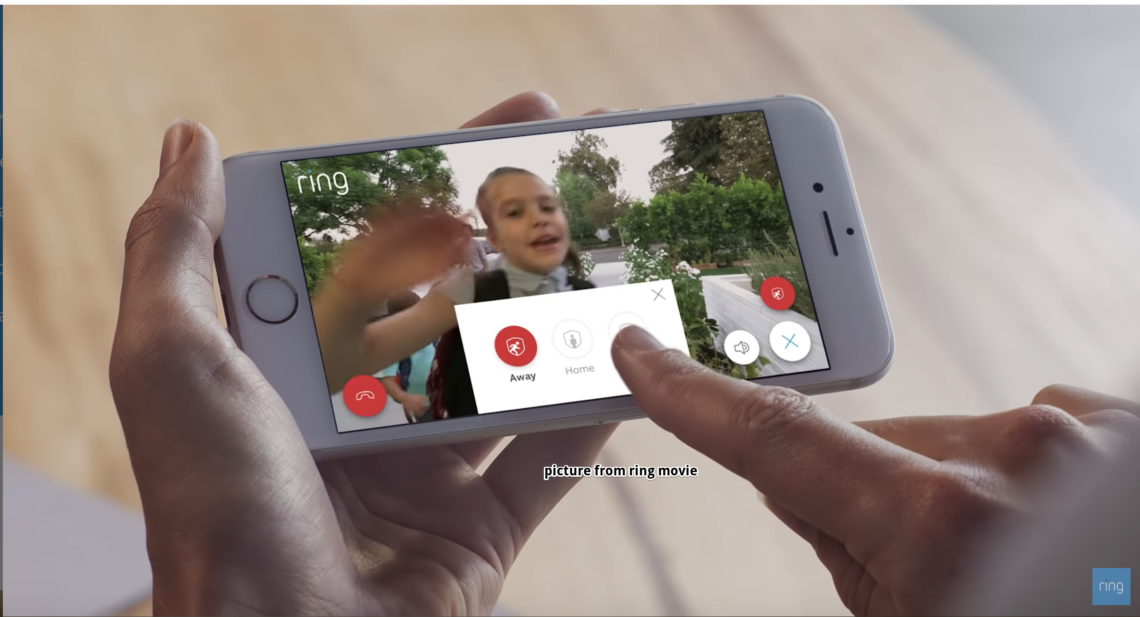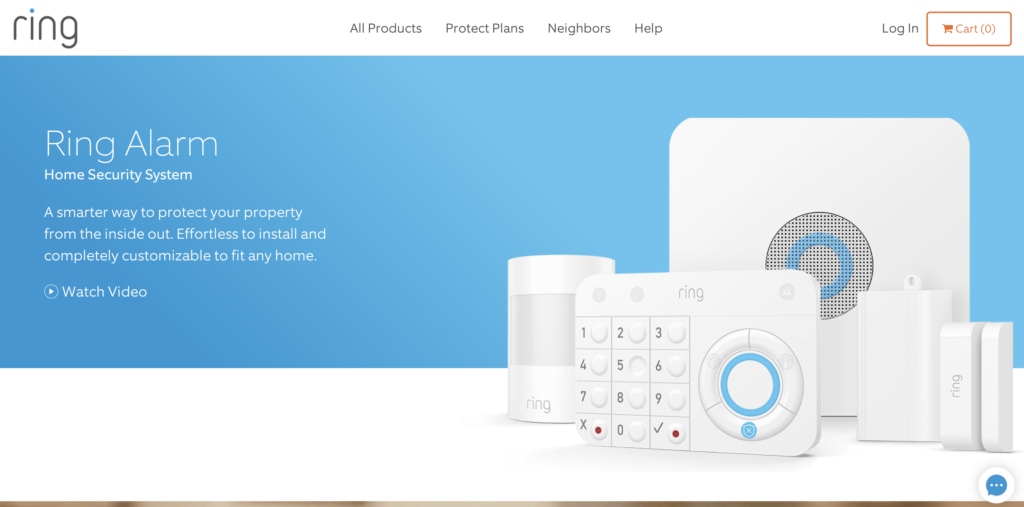Home Security – Disruption to come
2018-08-18
Home security is one of the oldest businesses in the world. Famous companies in Japan and the US include Secom, ADT and more. To date, the smart lock and other new Home Security innovations have not disrupted their industries. Will that change in the near future?
Home Security has several dimensions. There is, of course, physical security. A house has doors, walls, and windows that have locks on them. You might also have a wall outside your property or an alarm system, or if you are an American, you may have some guns or a large dog.
There is also a dimension of home security which calls for help when needed. Telephones can be used to call for help, to the police, or even to a friend or relative. Alarms can call police or private security. There are now video cameras, so you can look at your house remotely. Some newer alarm systems have home monitoring, where a service can detect an intruder and someone remote can look on a camera to see who is in the house.
New systems may include a video doorbell, locks that unlock with an app or by proximity, video security cameras, and more. For example, Amazon purchased a video doorbell system, called Ring. The largest lock company in the world, Assa Abloy bought a “smart lock” system, called August Home.

The above picture is from the “ring” website.
Yet, to date, less than 1/5th of houses in the US have any security system at all, and those with a smart security system are forecasted to be less than 10% of Americans in 2020. Why are these numbers so low?
Articles such as this one in the New York Times argue that the newer home security systems have some interesting new technology, but are expensive, complicated to set up and hard to use. In internet terms, I’d suggest there is too much friction in these systems. Some common criticisms include:
-Cost. Today a Samsung Smart security system starter system in the USA costs $550 on Amazon, plus $420 per month for ADT monitoring, or more. The installation is additional – expensive if you hire someone, and complicated if you do it yourself. Hardware for a larger house would be additional.
-Systematic problems. Intruder detection systems have been known to confuse a dog for a burglar. Adult and child visitors to a house don’t know how to use them. Smart locks appear to break more often than a traditional lock. App-based locks may have a problem if a phone breaks or is out of batteries.
-Friction and overhead. Monitoring services can call you if they detect a problem. They then ask for a password. Does everyone in the house know the password?
-Concern that the systems just don’t help that much. Video cameras are great to see what happened at a crime scene in the past. But if there is an intruder in your house, will you be any safer if there is a camera somewhere?
New Emerging Technology Will Be Disruptive
Several new technologies are emerging that will change home security drastically. The first is facial recognition technology. The newest iPhone is using facial recognition to ensure that only you can unlock your phone. In a very similar way, cameras in your house would know who lives in the house and would automatically be able to unlock the house for them, only. It would be frictionless, no passwords, no apps, nothing needed to operate, and would be foolproof.
Facial recognition would have other uses cases as well. It would be able to detect someone that has not seen before, and text security or the owners of the house. Again, very frictionless, a text with a picture will be so much more user-friendly than watching video footage. Plus it is real time, so can alert to intruders without any delay for a phone call.
Facial recognition works fine today, but the cost will be dropping dramatically over the next year with new semiconductors from companies such as wavecomp.ai or Leapmind. In addition, these new semiconductors will allow houses to run the facial recognition locally, without a need to use the Internet, so would be more disaster-proof.

The above picture is from the LeapMind website.
Other emerging technology can be added to a new home system that would add features that are not always strictly about security. Camera technology such as that launching from companies like CherryHome can tell if a person at the house is injured, or fell down. Sound technology from companies from Bridge.ai will be able to hear if there are screams, broken windows, or other problems. There is even a smell sense, coming from companies such as Aernos.
Artificial intelligence and communication advances will also make the home security more frictionless. Imagine getting a text with the picture of the name of the person at the door, before you get to the door. Or, if fire and smoke alarms in the house only gave an alert when there was an actual fire, rather than a bad cooking experience. The technology to all of these things is pretty much complete now, so you can expect the startups to be coming out momentarily. All of these things will radically change home security, and then, the startups have a good chance of disruption.
Written by Ron Drabkin, Venture Partner at DreamVision Inc. Serial Entrepreneur & Angel Investor based in Silicon Valley.